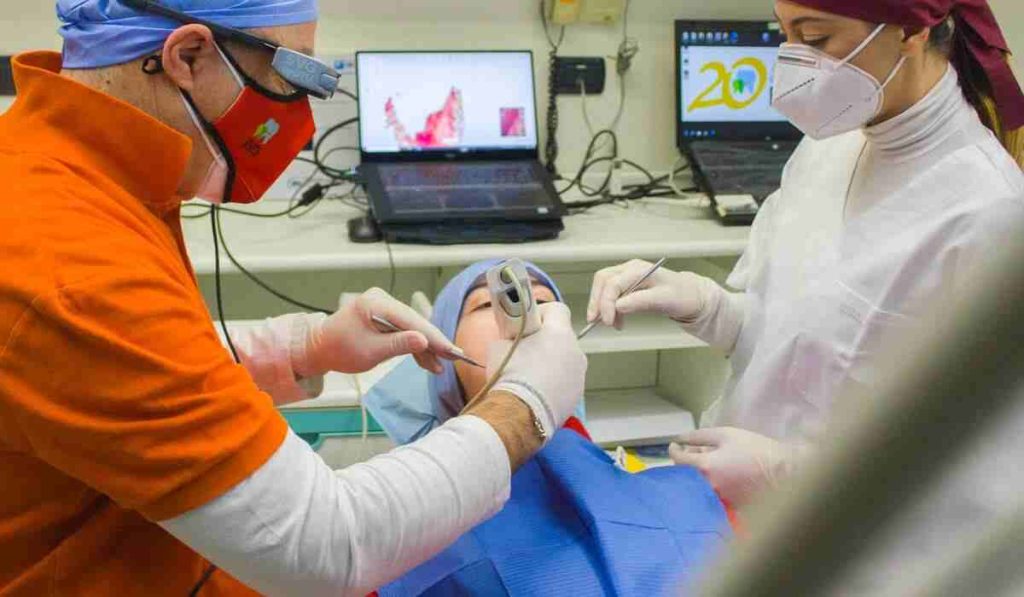
Root canal procedures are highly effective treatments for infected and damaged dental roots. Still, many people are unaware that this procedure doesn’t necessarily involve removing the affected tooth. This blog will cover everything you need to know about root canal procedures, from what happens during the procedure to how you can prepare beforehand to help your chances of successful treatment.
What Is A Root Canal?
A root canal is a dental procedure that treats the diseased pulp of a tooth that cannot be saved with a filling. Many reasons can cause the tooth’s pulp to become infected, including decay between the teeth, periodontal disease, or a cracked tooth. The Blacktown dentist will use anaesthetic and local anaesthesia for the root canal procedure. Once the procedure is complete, your dentist will cover the opening of your tooth with either gutta-percha or composite filling material.
What are the Symptoms of a Decayed Tooth?
The symptoms of a decayed tooth can vary from patient to patient, but one of the more common signs are severe tooth pain that becomes persistent. It may also be accompanied by an unpleasant taste in the mouth and bad breath. Other symptoms include gum inflammation, pus near the tooth or at the base of your gums, and swelling in your jawbone. If you think you have any of these symptoms or if they persist for two weeks, make an appointment with your orthodontist in Blacktown.
Why Would I Need a Root Canal?
A root canal can save teeth from severe decay. Root canal treatment is necessary when there is significant damage to the inside of a tooth. Severe pain, infections, and sensitive teeth are all signs that a root canal may be necessary. However, your Blacktown dentist is the right person to determine whether you need a root canal procedure or not.
What Happens During the Procedure?
With Microscopic Dentistry Blacktown, the dentist numbs the area, inserts a small mirror into the tooth, and locates the nerve. He or she removes all of the infected tissue around the nerve. The dentist will then clean out any remaining bacteria and seal up the cavity with a filling. Most root canal procedures require just one visit, although they may be more complicated in some cases and require an extra visit or two. Once the surgical site is healed, a crown is placed to protect the remaining structure of the infected tooth and other surrounding dental structure.
Can I Continue on My Normal Schedule with a Root Canal?
In most cases, your normal schedule can continue on the same day. Patients are usually advised to avoid strenuous activity and resume normal activities gradually. Restrictions vary depending on the size of the tooth, health of the surrounding gum tissue, and a dentist’s judgment.
Is a Dental Crown Necessary?
After the endodontic treatment has been completed, it’s common for a dental crown to be placed over the tooth in order to hold it in place. This is one way that it can help prevent any future damage from occurring and make sure your tooth stays in a good state of health for as long as possible.
Should you have further queries on root canal procedure, please speak to your dentist. Our dentist can help you find the right treatment plan based on the severity of the dental decay.
